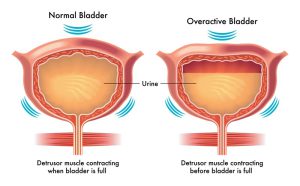Breaking your leg can be a traumatic event, and there’s no quick fix. The recovery process can be long and frustrating for patients, but it’s best to approach it in the right way. Read on to find the best way to recover.
Form a Strategy with Your Doctor
When you first break your leg, you will be completely reliant on your doctor and the people treating you. They know what they’re doing when it comes to diagnosis and treatment. They will use the latest x-ray equipment and Kemper Medical radiation glasses to uncover the full extent of the break. Their findings will then be used to develop a strategy for recovery.
At this point, you will have to work alongside your doctor to formulate a strategy. It’s impossible for a doctor to put together a strategy without the help and consent of the patient. So, you should make sure that you’re fully involved in this. You can then set some goals together and have a time-frame for your recovery.
Manage the Symptoms
There are a number of symptoms commonly associated with broken legs. The most common is pain. This is why you should be prescribed painkillers. For some people, over the counter medicines will be fine. But for more complex leg breaks, it might be necessary to use stronger painkillers.
There are also five steps that are used to reduce the symptoms associated with a leg break, such as tenderness, swelling and bruising. These five steps are protection, rest, ice, compression and evaluation. This is a process that many medical professionals use when helping someone recover from this kind of injury.
Do Physical Therapy When Ready
Physical therapy can help your leg to heal much quicker, but you shouldn’t do it until you’re ready. It’s not something that should ever be rushed into. And the advice and guidance of your doctor who knows your situation is vital. It should be down them when you start the therapy, so be patient.
It can be hard doing a lot of sitting around when you want to be active. But rushing into things can often make the situation even worse and put you out of action for even longer. If your fracture is minor, your doctor might recommend doing exercises at home. But if your leg is more seriously injured, you might need the help of a professional.
Beware of Complications
When your leg is recovering, there are many complications that may occur. You need to be aware of these and be looking out for them. A complication can cause you long-term damage. So, if you notice anything strange or unexpected, make sure you report it to your doctor as soon as possible.
If you have a fever, numbness, tingling or your leg has a change of coloring, you should get medical attention. These symptoms could all be signs of complications in the leg. And there are problems that can occur in the long-term after the leg has completely healed. These include chronic pain and arthritis.




